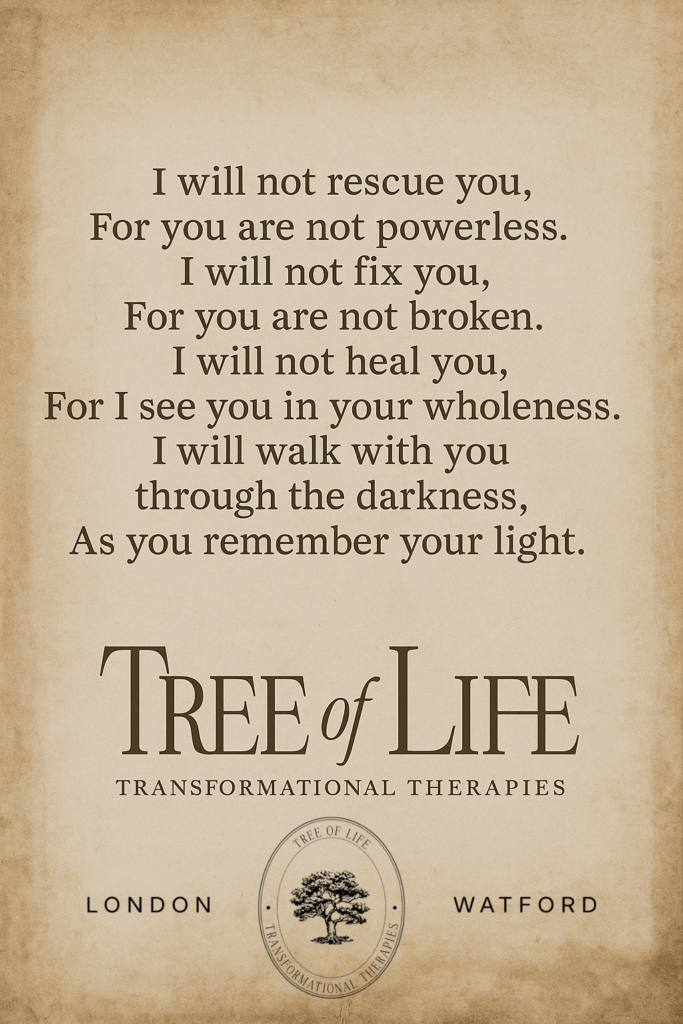Stress and Our Biology: How Childhood Trauma Leaves a Mark on Your DNA

Have you ever wondered why some emotional wounds, usually rooted in childhood trauma linger — even after years of therapy, talking, or trying to “move on”? And yet, it’s still there, and hurts as if it happened last week…
Be assured: you’re not alone. It happens to more people than you might think — and these thoughts and feelings are real. However strange it may sound, our feelings are real things.
As a therapist, I’ve worked with so many clients who say things like: “I’ve done the work. I understand what happened. But it still feels like it’s inside me, like my head hasn’t caught up.”
What if the reason you still feel it isn’t just psychological — but biological?
Recent neuroscience research confirms what many of us in transformational therapy have sensed for a long time: childhood trauma leaves marks not just on the mind, but on the body — all the way down to the level of your DNA.
The Science: Childhood Abuse and Your Genes
A new study, published in Neuroscience News (read here), found that children exposed to abuse (the very core of childhood trauma) show changes in the way certain genes function — especially those influencing emotional regulation, memory, and brain development. One of these genes, called FOXP1, was found to be epigenetically altered.
This means that traumatic experiences can change the way your genes express themselves — without changing the underlying genetic code. These changes (called methylation patterns) act like scars at the molecular level, affecting how your brain and body respond to stress, safety, and relationships for years to come. Sometimes, even for life…
So if the past still hurts, even when time hasn’t healed the wounds — or if you feel like your reactions are automatic, as if something deep inside is still wired to defend, freeze, or flee — this may be why.
Why This Matters: You Can’t “Think Your Way” Out of Trauma
Many people come to me saying they’ve already tried therapy. Often, they’ve learned to understand their patterns — even to forgive. And yet… they still feel stuck.
That’s because trauma — especially in childhood — doesn’t just live in the mind. It becomes embedded in the nervous system, the immune response, the stress circuits, the emotional memory centres… and, yes, even in gene expression.
I’m not saying this to discourage you. Quite the opposite. Because if trauma can change our biology, it also means healing — with the right support and methods — can change it too.
What Real Healing Requires
To unwind deep trauma, we need more than just talk.
And here, let me say with great respect to talking therapists: your work is incredibly important. Supporting clients in understanding themselves consciously can be life-changing — and for many, it’s exactly what’s needed.
But for true transformation, a little more is often required.
We need safe, skilful ways to work at the levels where trauma still lives:
· The subconscious mind – where identity and protective patterns are formed
· The nervous system – where reactions are automatic and embodied
· The emotional and energetic body – where fear, grief, and unmet needs are stored
In my practice, I use methods like Core Transformation and The Wholeness Process, which gently and safely meet these deeper layers. Transformation then happens not just in how people think, but in how they feel, respond, and relate.
We also integrate insights from neuroscience and epigenetics, and often use tools like AI full-body scanning (including stress and nervous system metrics) and tailored nutrient protocols to guide the healing process from multiple angles.
After this kind of work, something subtle yet profound shifts — the brain begins to prioritise differently, manage energy differently, and life finally begins to feel different.

Can DNA Change Back? Is Healing Possible?
Yes — we can say with confidence now that epigenetic markers are not permanent.
It takes deeper understanding and skilled therapeutic work, but the beautiful truth is: these molecular patterns can change.
That means:
You are not doomed by your past. Your story is not finished. In fact, it may be just about to begin.
Through consistent inner work, emotional processing, supportive relationships, nourishment, and mind–body practices, these patterns can shift. And even if they don’t change immediately, your relationship to them can change — and that alone can set you free.
No, we don’t erase your past — and in truth, we wouldn’t want to. You still remember (if you wish), but it loses its grip, its emotional charge. You finally feel able to leave the dark place behind, and move forward toward a better, more grounded future.
What You Can Do Today
If this article resonates with you, it’s not just information — it may be a signal. A quiet inner voice saying:
“I’m ready. I want to heal, not just cope.”
Here are a few gentle first steps you can take:
· Begin a daily practice of self-regulation (e.g. breathwork, EFT, mindful movement)
· Reflect on parts of yourself that still feel “stuck in the past” — and gently honour them
· Reduce inflammatory stressors: poor sleep, emotional suppression, toxic environments
· Seek someone who can hold space for your whole self — not just your mind
And if you feel called to explore transformational work that meets both the brain and the soul — I’d be honoured to walk that path with you.
Conclusion: You Deserve to Heal at Every Level
Childhood trauma can leave deep, invisible marks. But you are not broken.
Your body and brain carry not just the pain — but also the profound capacity to heal, grow, and transform.
So if this article spoke to something deep inside you, know this: You’re not alone. You’re not stuck. And it’s never too late to change.
With compassion,
Renata
Comments will load here
Be the first to comment